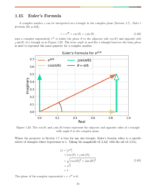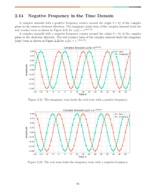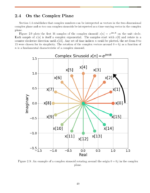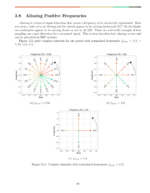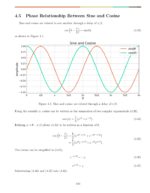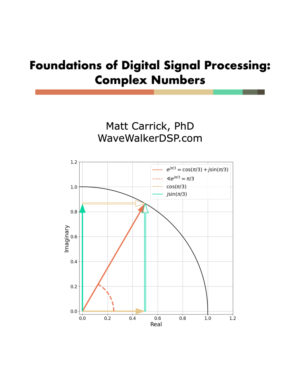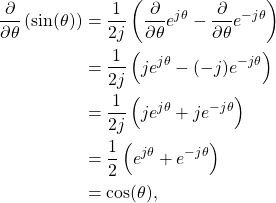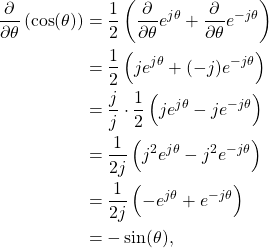Table of Contents
Introduction
This posts shows how cosine and sine are related through their derivatives using Euler’s formula. I recall being presented with the derivative of sine and cosine in high school calculus and being asked to accept it on faith. But now I can show you the derivation in simple terms. Enjoy!
Check out these other blogs on DSP math:
For more information check out my book Fundamentals of Digital Signal Processing: Complex Numbers, available on Amazon now!
Derivative of Sine
Derivative of Cosine
Conclusion
Much can be done with Euler’s formula, and this is one case of how it can be used to relate sine and cosine through their derivatives. Without Euler’s formula the derivatives can be much, much harder.
Check out these other blogs on DSP math:
- Fourier transform Explanation as a Cross-Correlation
- Cross-Correlation: Explaining Time Lags
- List of Important Math for DSP
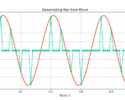
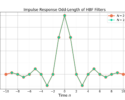
![Figure 1: The two sequences for the autocorrelation of x0[n] and x0[n].](https://www.wavewalkerdsp.com/wp-content/uploads/wordpress-popular-posts/5515-featured-125x100.png)

